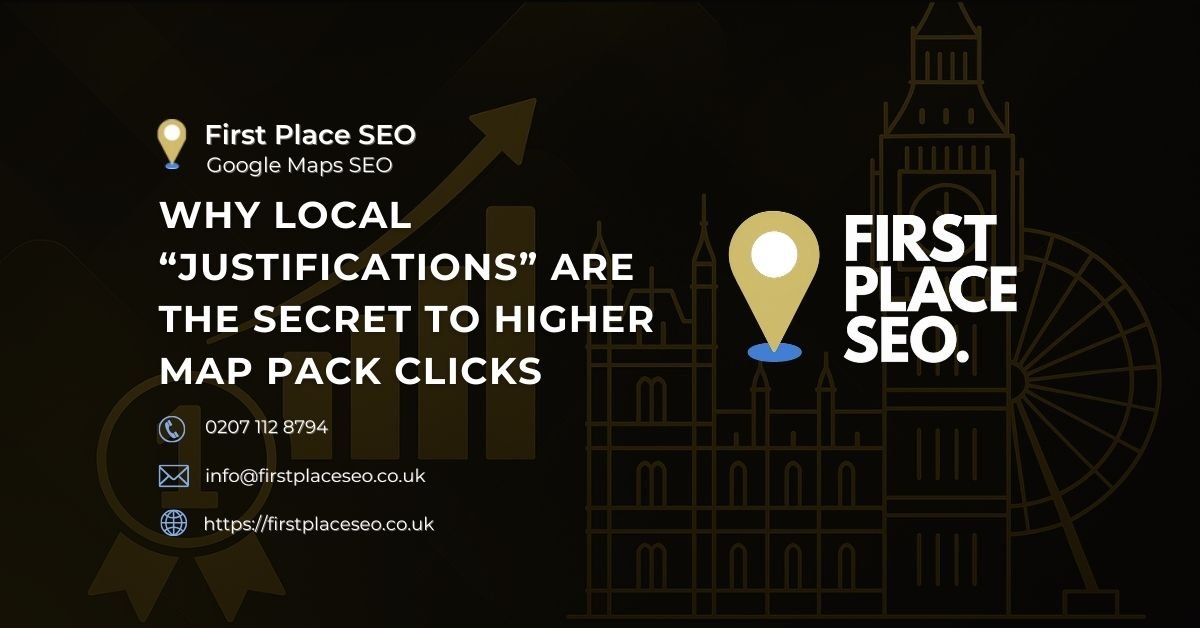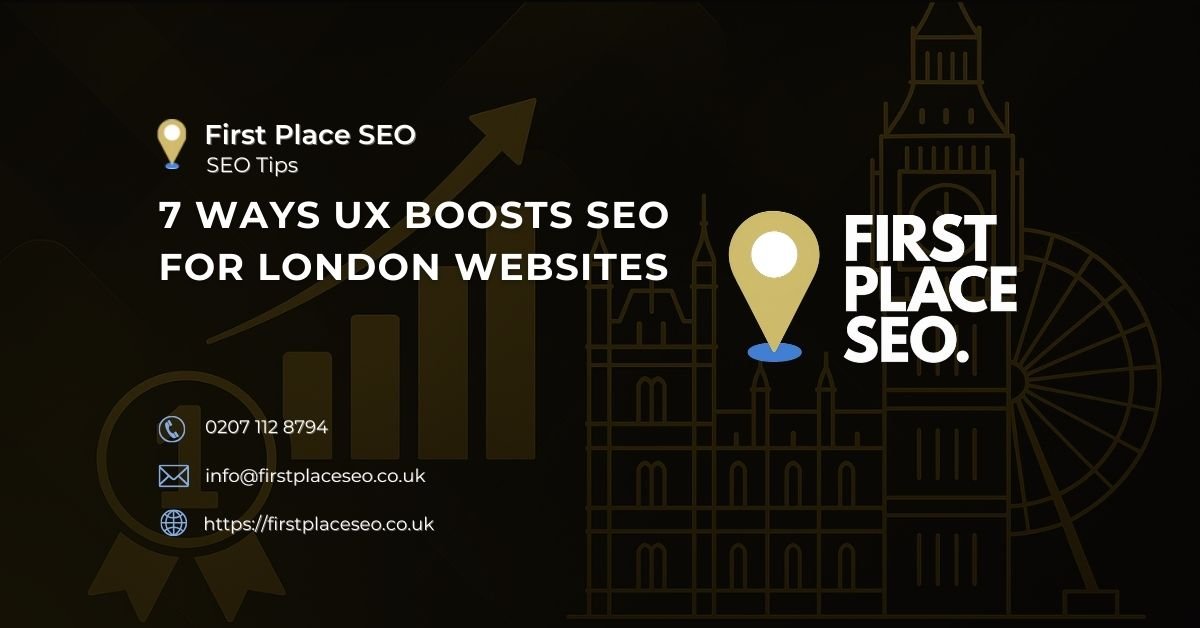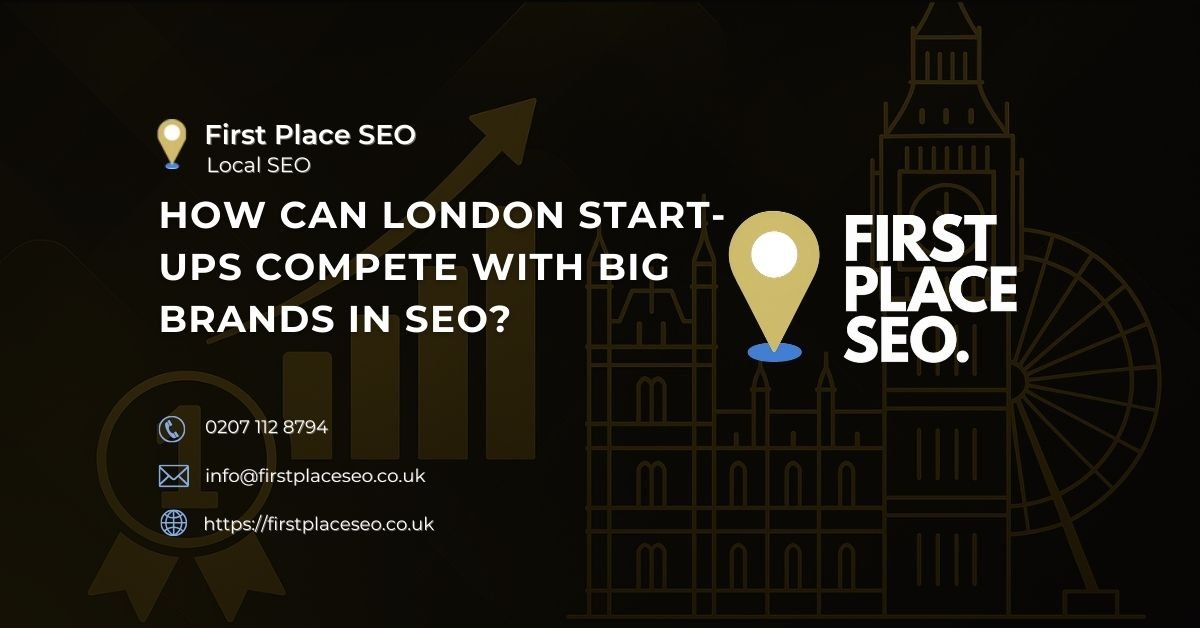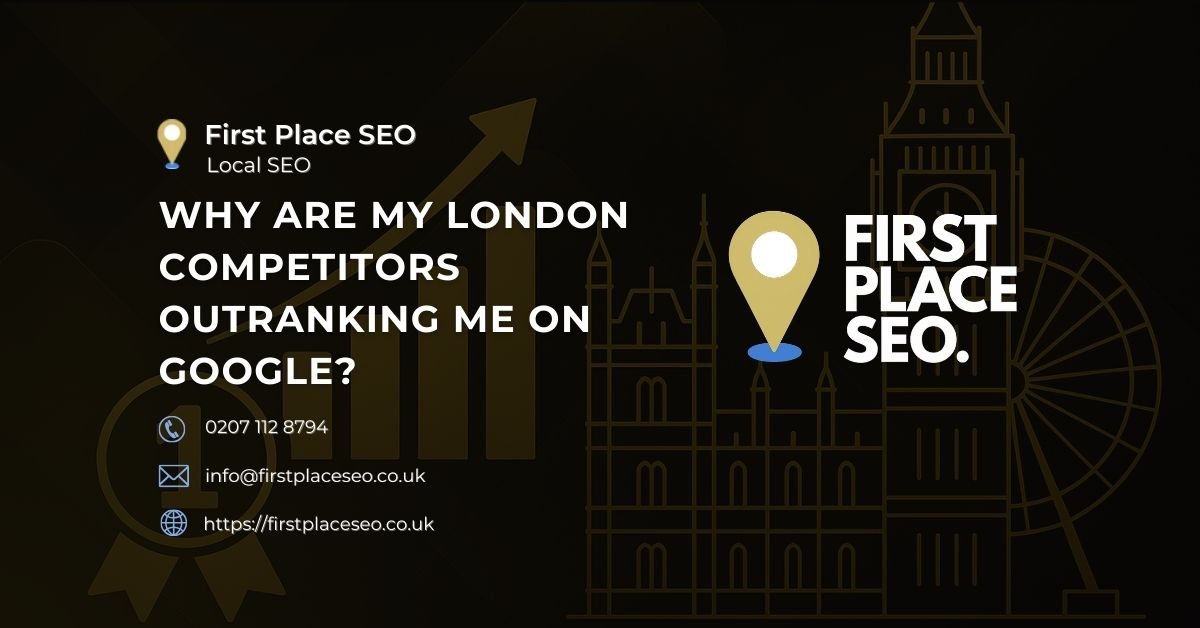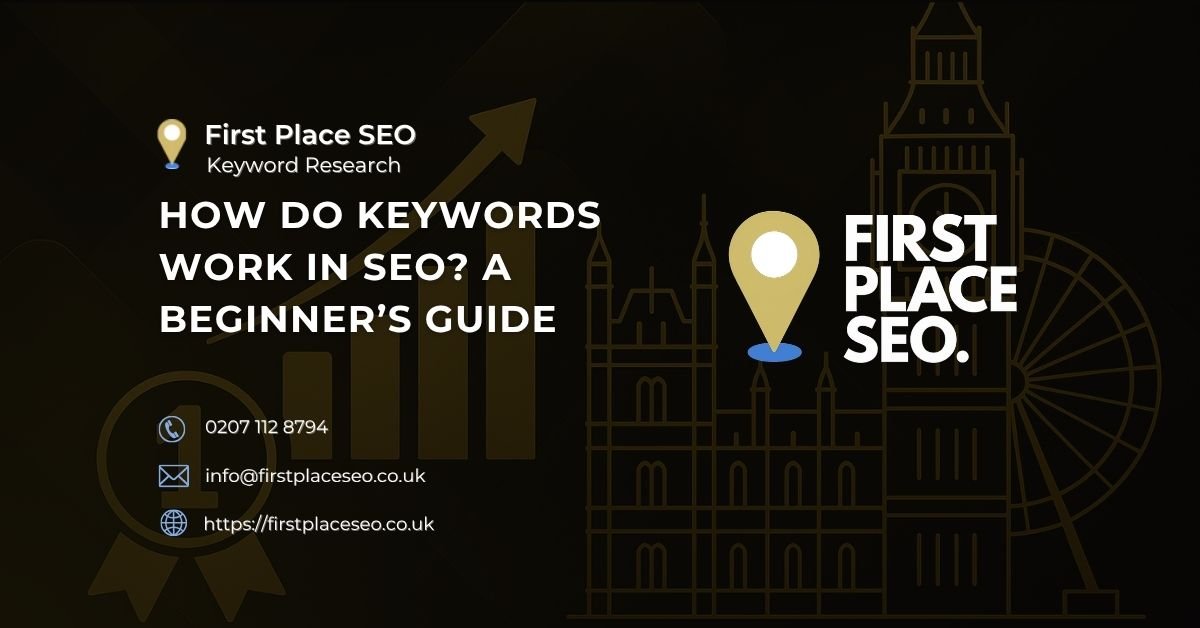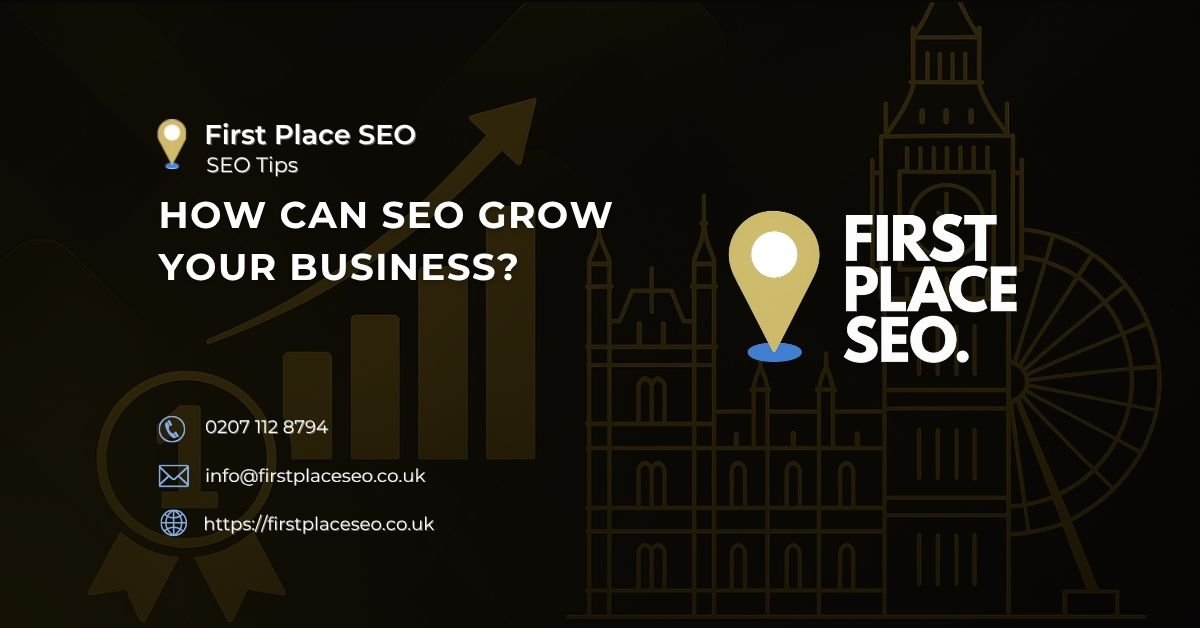Can Geotagging Improve Local SEO Rankings?
Geotagging can help support local SEO by linking your content to a verified location. While it is not listed as an official ranking factor, it works in combination with other trust signals to reinforce a business’s physical presence. For businesses trying to be discovered in map search, local packs or service area queries, this method adds extra clarity about service regions and operational reach.
Here's What We Have Covered In This Article
What Is Geotagging and How Does It Work?
Geotagging embeds location coordinates into a digital file. In SEO, this is most relevant when applied to images through EXIF metadata. This includes information such as latitude, longitude, time stamps and device details. Most smartphones embed this automatically. For SEO purposes, this metadata aligns image content with the physical location of the business. This adds a layer of data that search engines may associate with your local service area.
Is Geotagging a Ranking Factor in Google’s Local Algorithm?
While Google has not confirmed geotagging as a ranking factor, many SEO professionals agree that it can support your overall local visibility. The Google local algorithm focuses on three core signals: relevance, proximity and prominence. Geotagged images reinforce proximity when combined with consistent citations, service area pages and an optimised Google Business Profile. Location data that repeats across these assets builds more trust in your business presence.
Need Help with Local SEO Setup?
Get your business visible in local search results with expert SEO services, citation building and review optimisation.
g What Does Google Really Do With Geotagged Images?
There is no public confirmation that Google indexes EXIF data from images once uploaded, but some believe Google may temporarily read this data before removing it for storage efficiency. While the data might not be visible afterward, its presence during upload could still influence image context. Especially when aligned with NAP consistency and other structured location data, it supports topical relevance.
Do Geotagged Photos Improve Trust Signals for Local Listings?
Geotagged images can strengthen location trust if used with care. For instance, when a contractor in Bristol uploads images of on site work that include EXIF data matching the job location, it provides an additional signal of presence. This becomes stronger when the images are named clearly, include ALT text with place names and appear on a page with schema markup or local business structured data. Search engines rely on these subtle layers to confirm information.
Should You Use Geotagging on Local Landing Pages?
Yes, particularly when those pages are optimised for location specific keywords. If your business operates across several suburbs or towns, landing pages for each service area are more effective when they include original content and local imagery. Images tagged with correct location coordinates, combined with customer reviews and service descriptions for that area, reinforce local intent. For example, a SEO company serving London and Hertfordshire should use locally tagged content to differentiate the locations.
Can Geotagging Help With Local Pack Visibility?
While geotagging alone will not push you into the Local Pack, it supports the proximity signal when used consistently. This works best as part of a layered local SEO strategy. Businesses that frequently update their profile with localised images, relevant posts and service updates stand a better chance of maintaining visibility. If those images contain embedded GPS data from their actual service area, it can help verify their relevance to local searches.
Tools for Adding and Checking Geotags
Several tools allow you to view, edit or add geotags. GeoImgr is a web based tool commonly used for adding location data to images before uploading. GPS enabled devices and editing tools like Adobe Lightroom also support location tagging. For verification, apps like Exif Pilot or online viewers help confirm metadata. Be cautious when uploading images to platforms like Facebook or Instagram, as they often strip out geotag data automatically.
Is It Worth Geotagging Images Shared on Third Party Platforms?
This depends on whether the platform retains EXIF data. Some directories remove this metadata during upload, which limits the SEO value. However, if your goal is consistency and reinforcement, uploading properly named images and ensuring they match your listed service area still supports broader visibility. When evaluating where to post, prioritise platforms that contribute to your business’s visibility in Google Search or Maps.
Geotagging for Local Service Businesses Without a Storefront
For mobile service providers, such as home repair professionals, cleaners or caterers, geotagged photos serve as proof of activity in different areas. If you regularly work across several towns or postcodes, collecting and sharing location specific media helps reflect that. These can be added to service area pages or featured in blog content that describes local projects. A window fitter in York, for example, could show installations across different boroughs to expand their relevance.
How Does Geotagging Support NAP Consistency and Citations?
Geotagging complements your NAP consistency by reinforcing the location mentioned on your business listings. If your business address appears across directories, structured data and your own site, and the media also aligns geographically, that reinforces trust. Google’s local algorithm benefits from corroboration across touchpoints. Structured data using schema.org’s LocalBusiness markup, matched with correctly geotagged images and verified directory citations, offers a clear picture of your service location.
Do Location Based Review Widgets Provide SEO Value?
Review widgets like those from NearbyNow or RealWork Labs offer geo referenced testimonials. These display on a website using embedded maps and location indicators, and include keyword rich customer feedback. From a sentiment driven SEO perspective, this creates a more authentic experience. Search engines and users both benefit from fresh, relevant reviews that mention service quality and specific locations. This is especially useful for businesses that do not maintain a fixed location.




